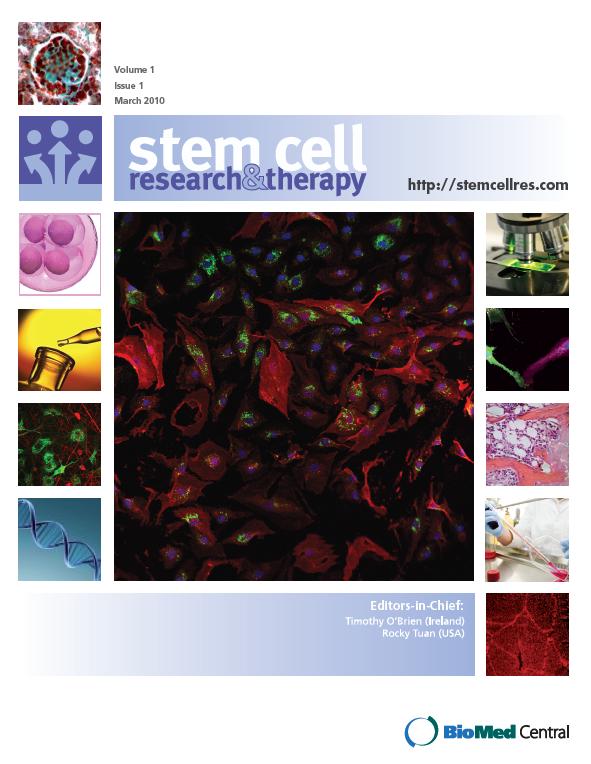Blastocyst complementation: current progress and future directions in xenogeneic organogenesis.
IF 7.1
2区 医学
Q1 CELL & TISSUE ENGINEERING
引用次数: 0
Abstract
The generation of organs derived from pluripotent stem cells can be achieved in vivo through the blastocyst complementation technique. This method is based on the introduction of pluripotent stem cells into organogenesis-disabled pre-implantation embryos, where environmental signals instruct donor cells to colonize the vacant niche and to develop into the missing organ. When applied interspecies, this approach has the potential to produce human organs in genetically engineered livestock, offering a promising solution to the global transplants' shortage crisis. In this review, we summarize the current progress in blastocyst complementation research and highlight the key challenges that must be addressed to advance this field.
囊胚互补:异种器官发生的研究进展及未来发展方向。
通过囊胚互补技术,可以在体内实现多能干细胞器官的生成。这种方法是基于将多能干细胞引入器官发生障碍的植入前胚胎,在那里环境信号指示供体细胞在空缺的生态位上定居并发育成缺失的器官。当跨物种应用时,这种方法有可能在转基因牲畜中产生人体器官,为全球器官移植短缺危机提供了一个有希望的解决方案。在本文中,我们总结了目前囊胚互补研究的进展,并强调了推进该领域必须解决的关键挑战。
本文章由计算机程序翻译,如有差异,请以英文原文为准。
求助全文
约1分钟内获得全文
求助全文
来源期刊

Stem Cell Research & Therapy
CELL BIOLOGY-MEDICINE, RESEARCH & EXPERIMENTAL
CiteScore
13.20
自引率
8.00%
发文量
525
审稿时长
1 months
期刊介绍:
Stem Cell Research & Therapy serves as a leading platform for translational research in stem cell therapies. This international, peer-reviewed journal publishes high-quality open-access research articles, with a focus on basic, translational, and clinical research in stem cell therapeutics and regenerative therapies. Coverage includes animal models and clinical trials. Additionally, the journal offers reviews, viewpoints, commentaries, and reports.
 求助内容:
求助内容: 应助结果提醒方式:
应助结果提醒方式:


